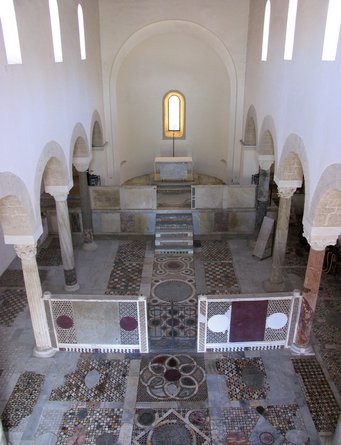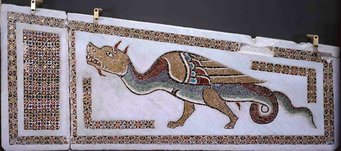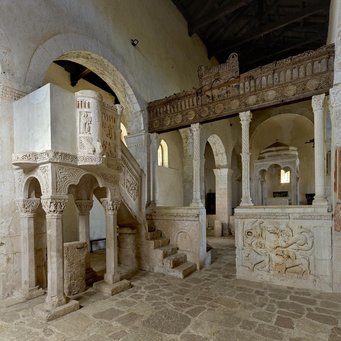Mapping Sacred Spaces
Forms, Functions, and Aesthetics in Medieval Southern Italy
This project is conducting fundamental research on medieval liturgical spaces in Southern Italy. In addition to collecting data in an innovative database and digitally reconstructing liturgical arrangements that have often been significantly altered, the project also experiments with a range of epistemological tools shared among the humanities, natural sciences, and digital technologies.
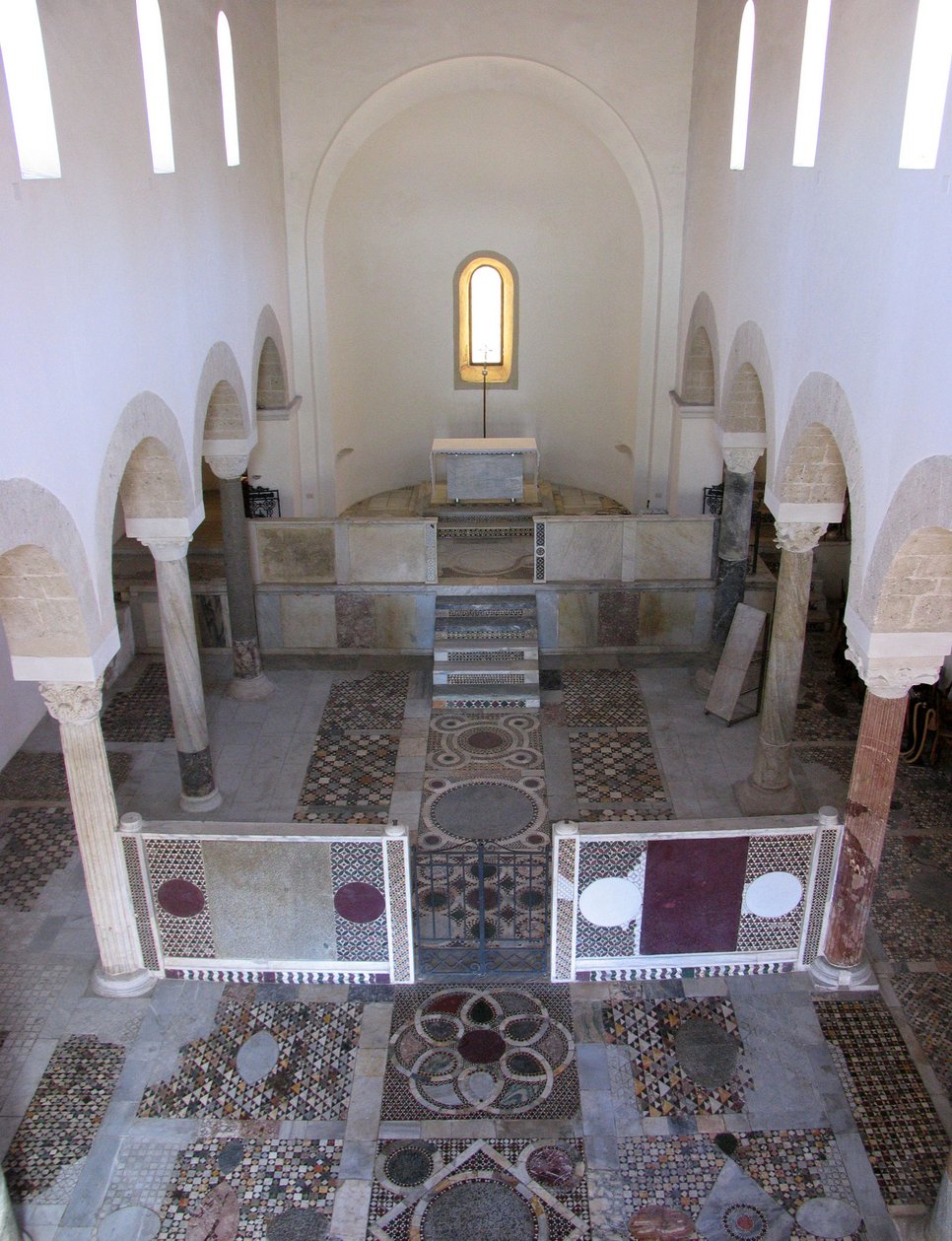
The project aims to fully analyze the arrangement of architectural sacred spaces in medieval Southern Italy, a dynamic area of interaction between different cultures that resulted in experimental and transcultural material and figurative products. The research focuses on the architectural space from the point of view of the articulation of the ritual areas and their decoration. A fundamental role in the creation of subspaces and the perception of the sacred was played by monumental liturgical furnishings (like screens, pulpits, ciboria), which today have either almost completely disappeared or have been dismantled and are sometimes preserved outside of their original context. The reconstruction and analysis of these furnishings (in terms of form, function, and aesthetic values) is among the first goals of the project.
Compared to other regions, Southern Italy is still little investigated from the point of view of the reconstruction of sacred spaces and liturgical contexts. Additionally, the scholarship has thus far neglected to apply to large parts of this area complex methodologies that take into account the interactions between space, image, and ritual performance. The potential offered today by the integration of archaeology and art history with digital technologies is particularly significant for this kind of reconstruction and analysis. The project is based on an approach that is both historical and archaeological. From the outset, it has been directed towards the systematization of the collected data in a digital archive and the formulation of hypothetical reconstructions of monumental liturgical furnishings and sacred spaces in their medieval facies.
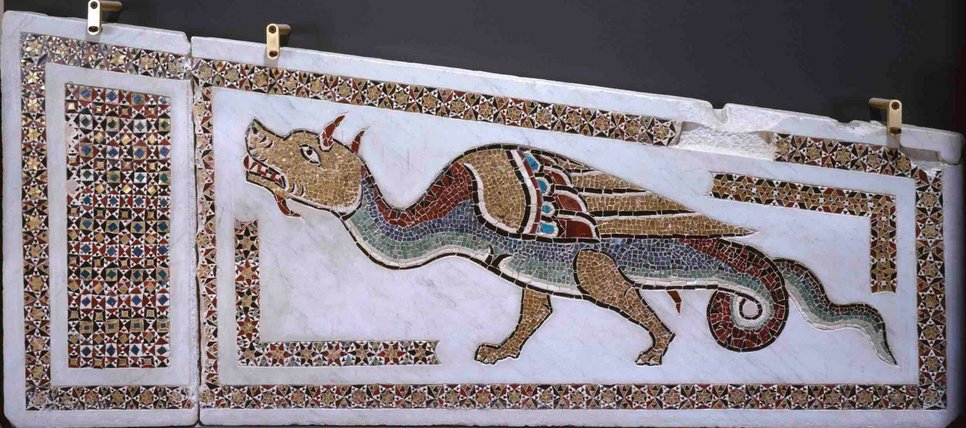
One of the main products of the Mapping Sacred Spaces project, which offers a new tool for future studies on the Italian South, is the establishment of a corpus of liturgical furnishings and their components, with appendices regarding materials, techniques, and ornamental motifs employed. The digital archive database, aligned with current standards for Semantic Web and Linked Open Data and tailored to the specific research needs of the project, has been completed and the archive is currently being implemented by a group of specialists affiliated with the BHMPI and universities located in Italy, Germany, and the United Kingdom.
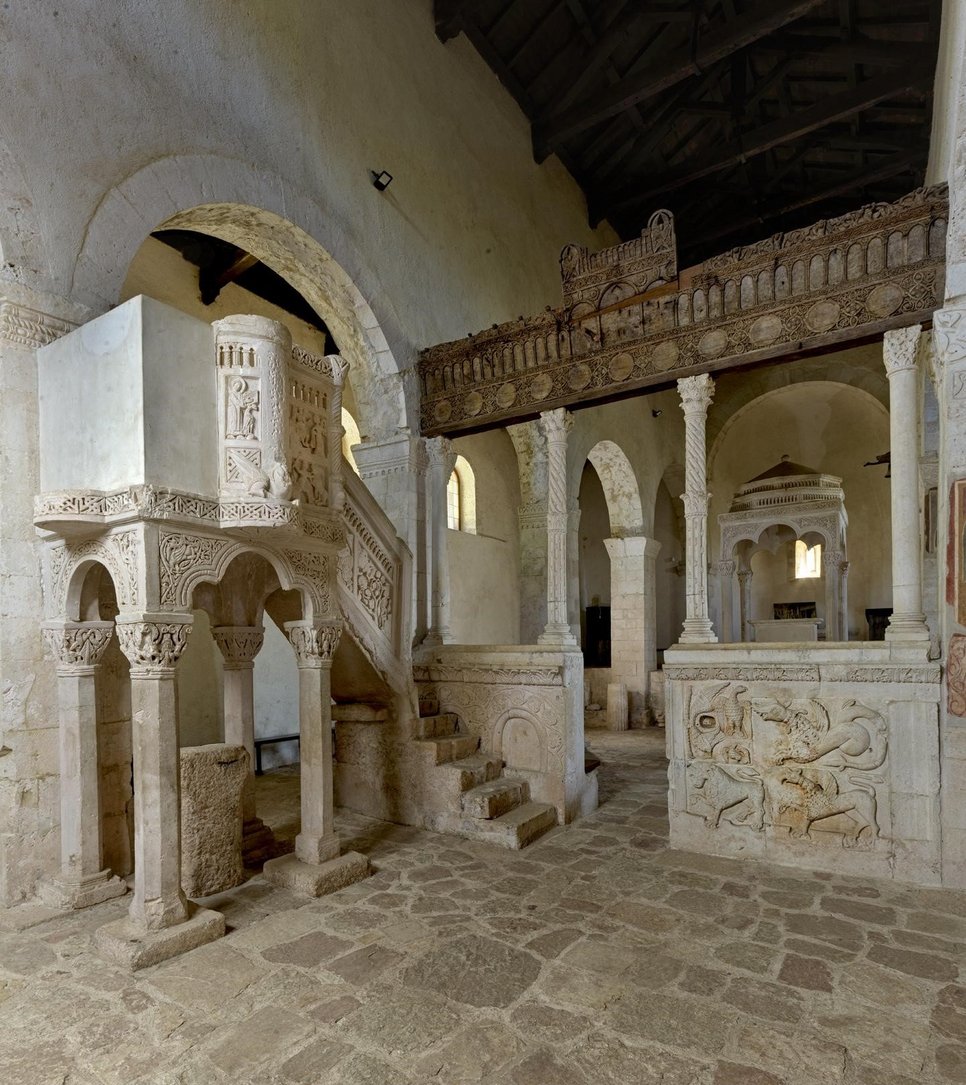
One of the products of the project will be a corpus of liturgical furnishings and their elements related, with appendices regarding function, shape, liturgy and liturgical space, materials, techniques and ornamental motifs. For selected monuments, a complex digital reconstruction of the sacred space will be realized through multidimensional 3D and 4D modelling. All data will be anchored to a digital cartography that can be interrogated from the macroscale (territorial) to the microscale (architectural fragments and decorative patterns).

